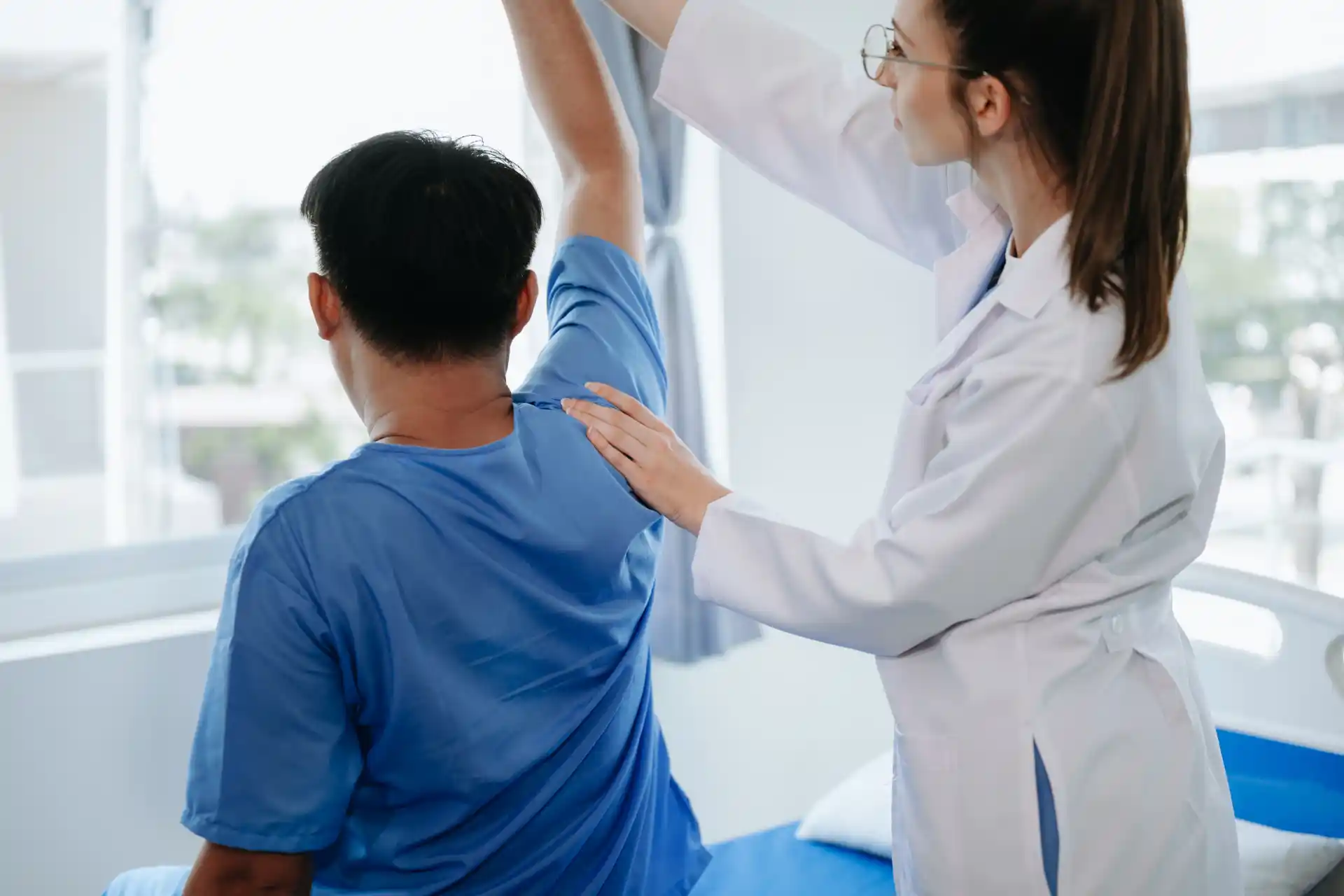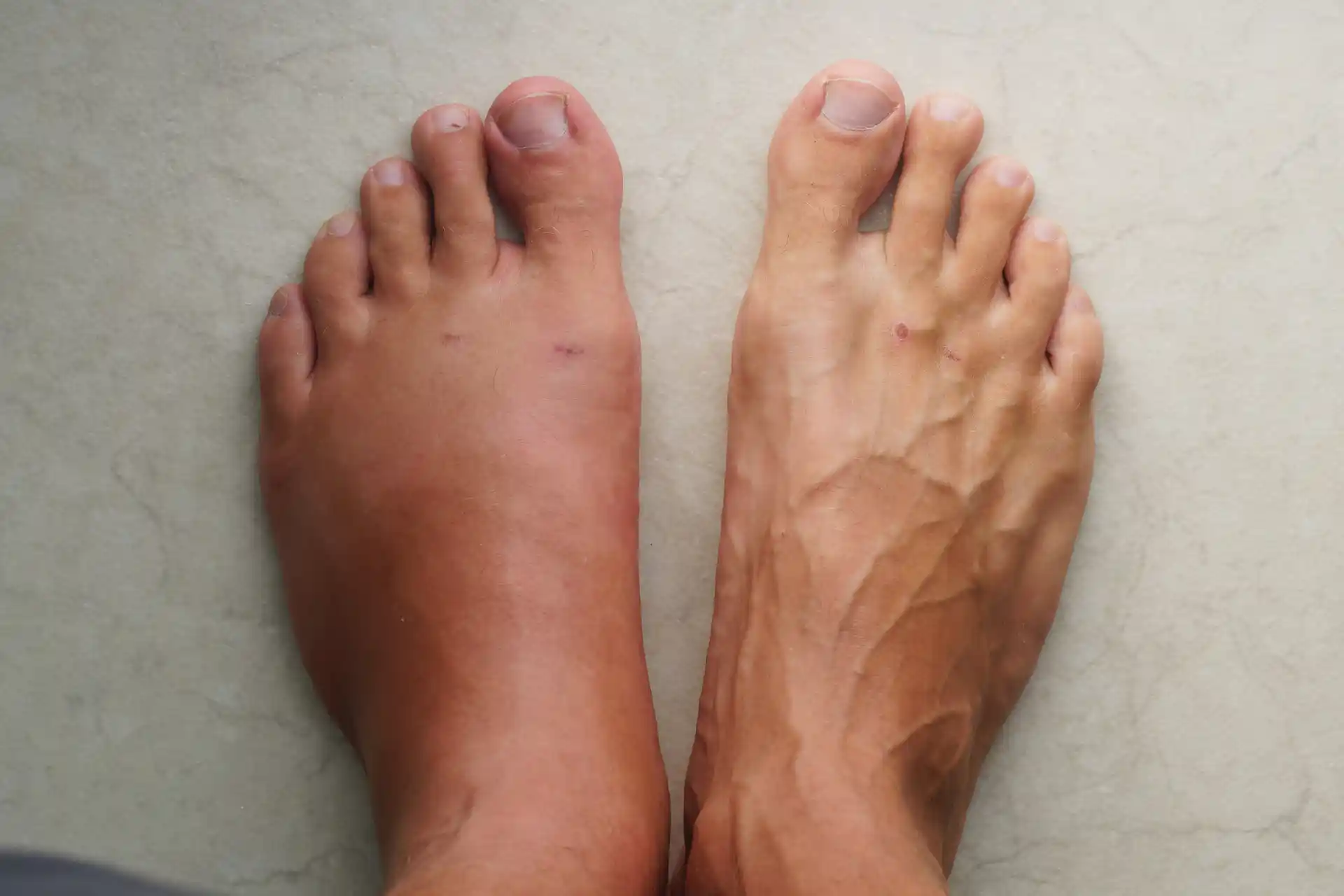Recognizing ACL Tears
Understanding the signs and causes of ACL (anterior cruciate ligament) injuries is essential for timely and effective treatment. Knowing how to know if you tore your acl can be the difference between quick recovery and long-term complications.
Signs of an ACL Tear
An ACL tear is a significant injury that can affect your mobility and stability. If you suspect you've injured your ACL, watch for the following symptoms:
- A Popping Sensation: Many individuals report feeling or hearing a pop in their knee at the time of injury. This sensation is often associated with the ligament tearing.
- Knee Instability: Your knee may feel weak, as if it's going to 'give out' beneath you. This lack of stable support is a tell-tale sign of an ACL injury.
- Pain and Swelling: Pain can range from severe to moderate discomfort, and swelling often occurs within the first few hours post-injury.
- Reduced Range of Motion: Difficulty extending or bending the knee fully indicates a potential ACL tear.
- Tenderness Along the Joint Line: You may notice tenderness on the sides of your knee, particularly where the ACL is located.
If you experience any of these symptoms, it's crucial to seek medical attention. Visit our page dedicated to ACL tear for more detailed information on symptoms and initial care.
Common Causes of ACL Tears
ACL injuries are common in both athletes and non-athletes alike, with certain activities increasing the risk of injury. Causes often include:
- Sudden Stops and Changes in Direction: Abrupt movements during activities like soccer, basketball, or football can put undue stress on the ACL.
- Improper Landing from Jumps: Landing with an extended knee or improper form can lead to an ACL tear.
- Direct Impact: Collisions, such as being tackled in football, can damage the knee and its ligaments.
- Twisting Motion: Turning too quickly or awkwardly can cause the ACL to stretch or tear.
It's important to note that individuals under 20 are at a higher risk of ACL injuries, often due to the reasons mentioned above. Engaging in preventive measures, such as strengthening exercises and improving sports techniques, can help mitigate the risk of an ACL injury. For more information on prevention and care, explore our resources on ligament tear and knee ligament injury treatment.
Diagnosis and Treatment Options
After sustaining a knee injury, it's crucial to determine the exact nature of the damage. If you suspect an ACL tear, the following diagnostic and treatment options can guide you through the process of recovery.
Diagnostic Process for ACL Injuries
The diagnostic process for an ACL injury begins with a comprehensive physical examination. During this exam, your physician will check for swelling, tenderness, and assess the range of motion and overall function of your knee. The most accurate test used during this phase is the Lachman test, which can reveal increased motion of the tibia relative to the femur when the knee is slightly flexed, indicative of an ACL injury.
To confirm the diagnosis and assess the severity of your injury, imaging studies are often used. Magnetic resonance imaging (MRI) is the preferred method as it provides detailed images of both the soft tissues and bones within the knee. This allows for a more precise assessment of the ACL and any other structures that may be affected.
A few of the typical diagnostic steps for an ACL injury:
- Physical examination (including the Lachman test)
- Imaging tests (primarily MRI)
Surgical and Non-Surgical Treatments
Once an ACL injury is confirmed, the next step is to explore treatment options. Treatment may be surgical or non-surgical, and the choice largely depends on the severity of your injury and your lifestyle needs.
Surgical Treatments
Surgical treatment involves ACL reconstruction, where the torn ligament is replaced with a tendon graft. This graft can be sourced from another part of your knee (an autograft) or from a deceased donor (an allograft). The surgery is often performed using arthroscopic techniques, which are minimally invasive and allow for faster recovery times. The complete surgery typically takes about an hour and is performed on an outpatient basis.
Non-Surgical Treatments
Non-surgical treatment consists of rest, ice, compression, and elevation (RICE), along with rehabilitative exercises to strengthen the muscles around the knee. This approach may be suitable for individuals with less severe injuries or those who have a low demand for knee stability in their daily activities.
The following table outlines the two primary treatment options for an ACL injury:
Whether you opt for surgical or non-surgical treatment, a course of rehabilitation therapy is essential to restore stability and function to the knee. For more information on the recovery process and specific exercises to aid in your rehabilitation, refer to our articles on knee ligament injury treatment and ACL tear symptoms. It's important to consult with your physician to determine the best treatment plan tailored to your individual situation and to ensure optimal recovery.
Recovery and Rehabilitation
After an ACL reconstruction surgery, your journey towards regaining knee stability and function is paramount. This phase is a multi-step process that requires patience, diligence, and adherence to a structured rehabilitation program.
Rehabilitation Phases After ACL Surgery
Your rehabilitation following ACL surgery will typically involve three main phases:
- Controlling pain and swelling: This initial phase focuses on reducing discomfort and inflammation post-surgery.
- Regaining knee motion and muscle strength: Gradual exercises and physical therapy are implemented to restore the range of motion and build strength in the knee muscles.
- Recovery of full knee motion and muscle strength, and graduated return to full activity: This final phase involves more advanced exercises to ensure the knee can handle various stresses, paving the way for a safe return to sports and other activities.
The rehabilitation process typically spans four to eight months after surgery, although individual timelines may vary based on personal progress and specific recovery goals.
Return to Physical Activities
Returning to physical activities, especially sports, is a highly individualized decision and should be made in conjunction with your medical team. As mentioned by the Mayo Clinic, there is no set time frame for athletes to return to play after ACL surgery.
Your doctors and physical therapists will monitor the knee's stability, strength, function, and readiness for sports activities at various intervals during your rehabilitation. It's crucial to optimize strength and stability and correct movement patterns before returning to activities that pose a risk of ACL injury.
The goal is to return to your previous level of activity without restrictions, which approximately 85% of patients achieve after ACL reconstruction surgery. However, up to one-third of athletes may experience another tear in the same or opposite knee within two years, underscoring the importance of a thorough and cautious rehabilitation strategy.
For more information on the recovery process and rehabilitation exercises, visit our articles on ACL tear symptoms and knee ligament injury treatment. If you've experienced other types of ligament injuries, such as a sprained thumb, sprained ankle, or a torn ligament in foot, you can find specific recovery tips and exercises tailored to those conditions as well.
Seek RELIEF®:
The RELIEF® procedure is a scientifically-backed approach designed to address the underlying issues of ligament injuries, by specifically targeting damaged fascia surrounding the area of injury and discomfort. The treatment combines ultrasound guidance and hydrodissection techniques to help release fascial adhesions, reduce inflammation, and promote scar tissue healing, in order to help free a potentially compromised ligament and address injury symptoms.1,2,3
To learn how RELIEF® can help manage your ligament injury symptoms, without the need for steroids, medication, surgery, anesthesia, or post-procedure immobilization, contact us today to schedule a consultation.
Long-Term Effects and Prevention
When dealing with an ACL tear, understanding the potential long-term effects and how to prevent further injury is vital. Proper care and preventive measures are essential to maintain knee health and overall mobility.
Risks of Osteoarthritis After ACL Injury
An ACL injury can lead to an increased risk of developing osteoarthritis in the knee. This risk remains even after undergoing ligament reconstruction surgery. Factors influencing the likelihood of arthritis include the severity of the initial injury, any accompanying damage within the knee joint, and the level of activity following treatment. Specifically, meniscus damage coupled with an ACL tear can accelerate the progression of osteoarthritis, leading to cartilage thinning and the formation of bone spurs, with a potential accumulation of meniscus tears over time (Mayo Clinic).
Even with reconstructive surgery, there is no guarantee of a permanent fix, and patients may require additional surgeries or experience a re-tearing of the ACL (OrthoSouth).
Preventive Measures for ACL Tears
To reduce the risk of an ACL injury or re-injury, it is recommended to engage in proper training and exercise routines. Strengthening the muscles of the legs, hips, and core, as well as improving jumping and landing techniques, can significantly lower the chances of an ACL tear. Additionally, it's crucial to focus on preventing the knee from moving inward during physical activities.
Implementing the following preventive strategies can be beneficial:
- Muscle Strengthening: Focus on exercises that enhance the strength and stability of the muscles surrounding the knee, particularly the quadriceps and hamstrings.
- Technique Improvement: Learn and practice proper techniques for jumping, landing, and pivoting, emphasizing knee positioning to avoid inward collapse.
- Balance Training: Engage in exercises that improve balance and proprioception, which can help stabilize the knee during dynamic movements.
- Flexibility: Maintain flexibility in the muscles of the lower body to ensure proper joint movement and alignment.
For more information on how to recognize symptoms of an ACL injury, visit ACL tear symptoms. Additionally, you can explore various exercises and treatments for different ligament injuries such as sprained knee, sprained thumb, and torn ligament in foot. If you're interested in specific exercises for a sprained thumb, check out sprained thumb exercises.
Adopting these preventive measures can not only decrease the likelihood of experiencing an initial ACL injury but also protect against further damage if you've previously suffered from this type of ligament injury. It's essential to stay informed and proactive in caring for your body to prevent long-term complications and ensure a healthy, active lifestyle.
To learn how RELIEF® can help manage your ligament injury symptoms and accelerate your injury recovery, contact us today to schedule a consultation.
.jpg)



.jpg)

.svg)